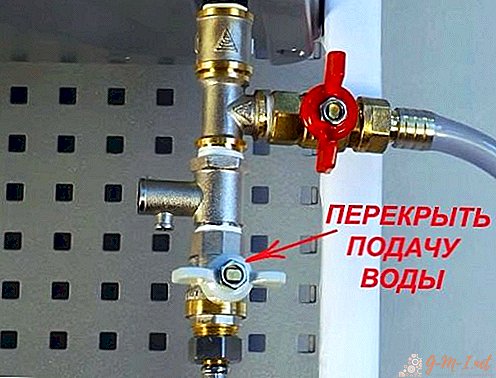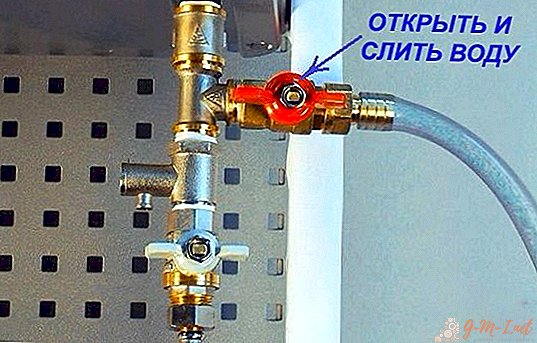 The modern market for household appliances is very diverse. Manufacturers regularly offer their customers new, more advanced models. These include water heaters. Proper operation and compliance with all the requirements specified in the instructions will help extend the life of the equipment.
The modern market for household appliances is very diverse. Manufacturers regularly offer their customers new, more advanced models. These include water heaters. Proper operation and compliance with all the requirements specified in the instructions will help extend the life of the equipment.
Design features
Water heaters, or boilers, have taken strong positions in almost every apartment or private house. They provide housing with regular hot water, helping to not depend on central utility systems. In appearance, a simple device actually has a complex structure and performs quite important functions. It automatically maintains the temperature of the water located in it.


The modern market for similar household appliances is presented in a wide range. Each owner will be able to find a device suitable for design, size and pricing. Despite the external difference, all water heaters are equipped according to a single principle.
TEN is hidden inside the housing - a tubular electric heater that is directly responsible for heating. It and other parts (safety valve, magnesium anode) are protected by a heat-insulating layer that passes between the outer and inner walls of the housing.
At the bottom of the structure is a thermostat, responsible for the ability to adjust the temperature. On the external walls there are special mounts for possible equipment of the water heater on the wall or other surface.
Several simple and familiar components are responsible for the performance of important functions and have the convenience of using a water heater.
Possible causes of water drainage
Periodically, it may be necessary to drain the water, freeing the boiler capacity. Many are interested in whether it is necessary to empty the water from the water heater for the winter. Consider the cases when you need to flush water.
Manufacturers strongly recommend that you follow the recommendations and do not release the water heater without urgent need.
Possible situations:
- The equipment is located in a long unheated place, for example, a summer residence. Stagnant water in the reservoir and pipes freezes. This may cause damage to the internal structure or rupture of the tank;
- Scheduled cleaning of the inside of the tank. The appearance of rust and bacteria contributes to hard water. Periodic cleaning in such situations is necessary;
- Replacing the old magnesium anode with a new one. The anode is engaged in cleaning the incoming water from harmful impurities, accumulating them in itself. The replacement of a new device is recommended annually;
- The occurrence of leaks and leaks when using the boiler. If the walls are damaged, the operation of the device must be stopped;
- The appearance of an unpleasant odor indicates the need for urgent cleaning. It may appear due to stagnant water in the tank.
Without urgent need to carry out procedures for draining the fluid is not recommended. An ideal option would be to empty the storage tank once a year.
Available options
Specialists identify several methods suitable for draining water from a water heater. A competent approach and safety precautions will help to carry out the draining process quickly and without injuries and burns.
Reference. Before carrying out the liquid draining procedure, it is necessary to familiarize yourself with the instructions for a more detailed presentation of the water heater device.
Several ways to drain water from a water heater:
- The most popular is to drain fluid through a pressure relief valve. The body of the water heater is equipped with a special valve designed just for emergency emptying of the tank. For greater convenience, a drain pipe can be connected to the valve nozzle, which is directed into the bathtub or sink.
- Using the valve, it is necessary to block the flow of water from the water supply. After cooling the liquid remaining in the housing, the tubes for the intake of hot and cold water are carefully removed. When the tubes are removed, you can proceed to drain.
- You can empty the tank through a special hole designed for cold water. This method is more complicated. For the procedure, it is necessary to temporarily prevent the flow of water into the room. Place a suitable container under the hole to draw water. Gently unscrew the nuts with a wrench, then remove the relief valve. For faster emptying, you can open the tap for hot water. Air entering the housing will cause faster leakage.


Compliance with all stages during operation will help to empty the tank of the heater.
What to look for
Any of the above processes does not guarantee complete draining of water. For thorough emptying, it is necessary to disassemble the boiler. To do this, carefully unscrew the cover on the bottom surface and carry out the process of disconnecting the wires.
When disconnecting the wiring, you will need to remember all the details of the initial connection to continue operation. The flange acts as a support for the tubular electric heater, it must be unscrewed counterclockwise. Slightly loosening the nut attachment will drain the liquid remaining at the bottom.
After complete emptying, the flange can be completely unscrewed. When removing the heater, difficulties may arise due to scale and rusty deposits on its surface. To do this, you can gently swing the water heater, gradually pulling the heater up.
Safety precautions
During the repair work, it is necessary to comply with safety regulations. This will help to avoid potentially dangerous injuries and burns, as well as extend the life of the water heater.
First of all, experts do not recommend conducting an independent drain of water, provided that the device is still in the warranty period. Even minor damage will void the warranty. In this case, it is better to seek the services of professionals.
Before carrying out repairs, the device must be disconnected from the power supply network, and also allow the liquid in the tank to cool to room temperature. This will prevent burns.
Without urgent need to drain the water is not recommended. When empty, the inside of the boiler is more susceptible to corrosion. An ideal option would be to clean the inner walls and replace the necessary parts once a year.
Conclusion
Electric water heaters have become a constant companion in any apartment. Timely care, compliance with simple recommendations and safety precautions will help to carry out repair processes yourself and extend the life of the device.



Leave Your Comment